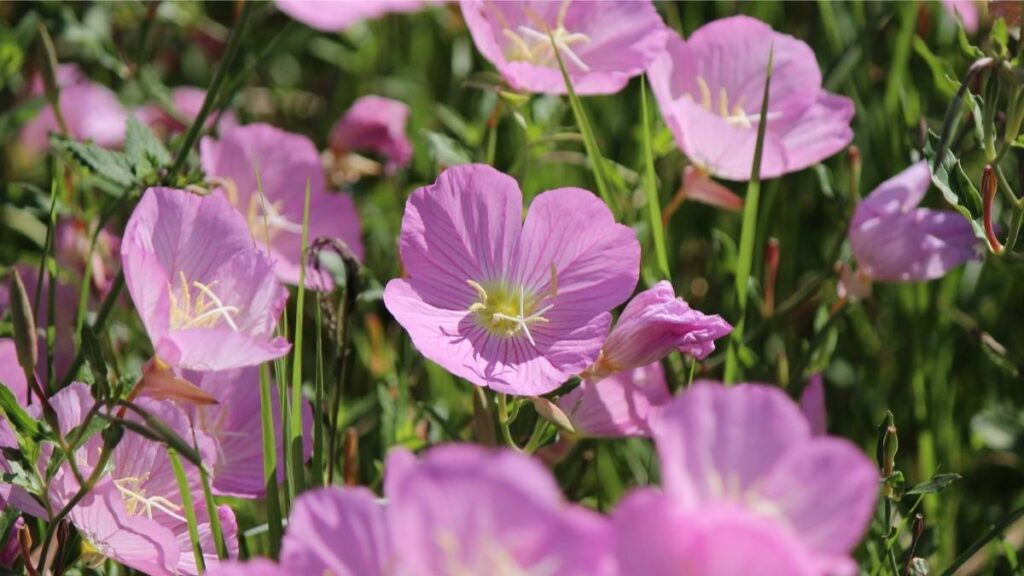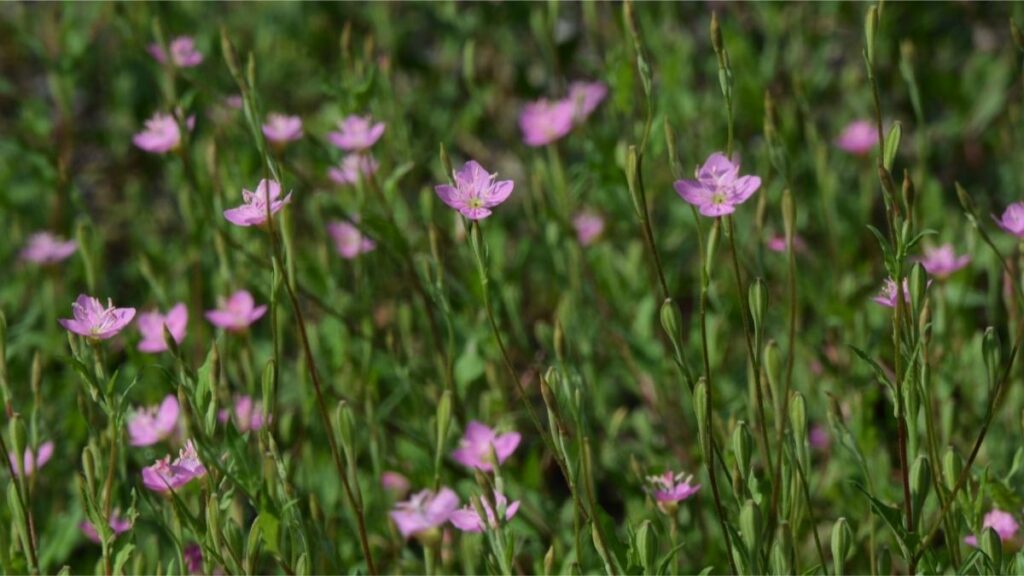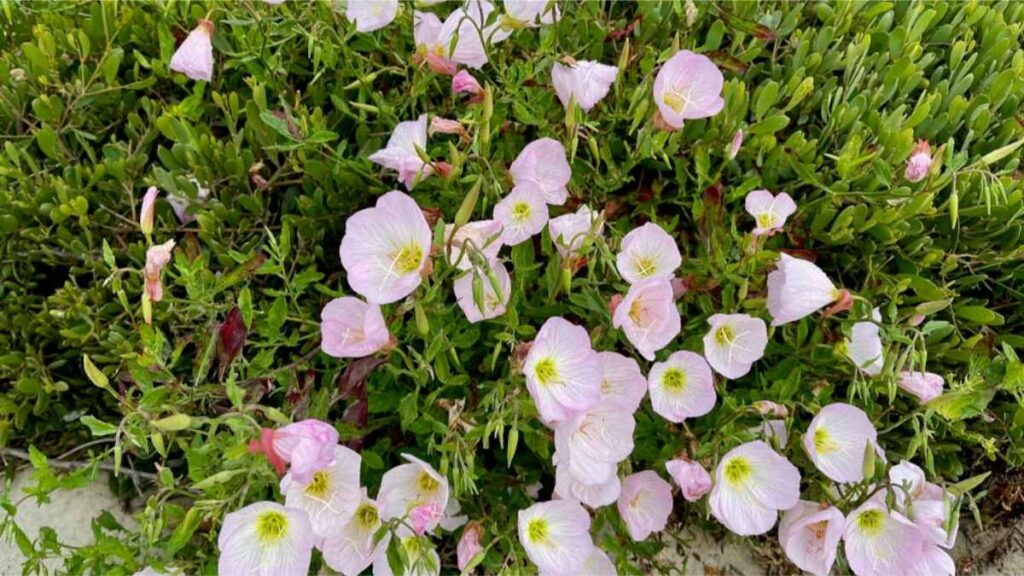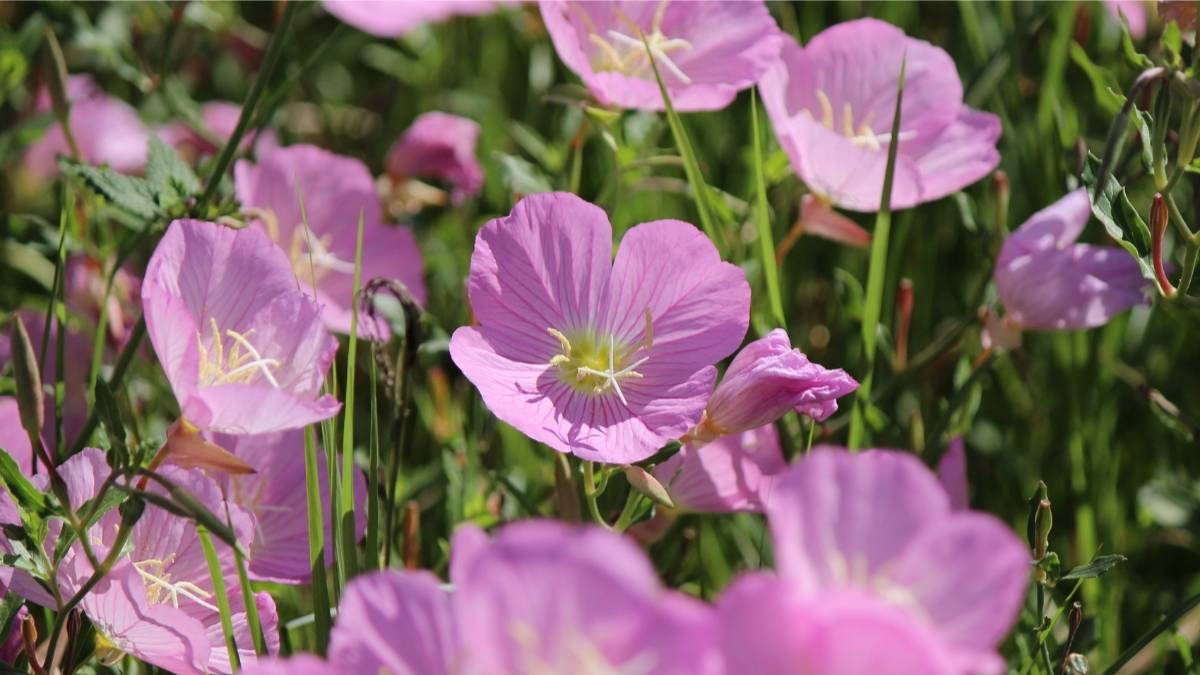Why You Should Never Plant Evening Primrose (and What to Grow Instead)
Evening primrose may look like a charming, cottage-style flower, but don’t be fooled—this plant can quickly take over your garden and become a problem you’ll regret planting.
Gardeners often admire the soft, pink blooms of evening primrose, but experts agree: you should Never Plant Evening Primrose if you want a healthy, manageable garden. This aggressive perennial spreads both by seed and underground rhizomes, quickly overtaking flower beds and crowding out more delicate plants. While it may look harmless, once established, evening primrose is notoriously difficult to control.
The smarter choice? Avoid it altogether and explore natural alternatives that add color and charm without turning into a maintenance nightmare.

Why You Should Never Plant Evening Primrose
When you plant evening primrose, it doesn’t stay neatly in one spot—it spreads aggressively in two ways. By dropping countless seeds and by underground rhizomes that quickly send out new shoots.
Within a season or two, this plant can form dense colonies that crowd out smaller flowers, herbs, or groundcovers, making it hard for other plants to thrive.
Its roots grow deep and wide, so even small fragments left in the soil can regenerate, making removal a constant battle. While its pink or white blooms may look charming in early summer, they often mask the bigger problem.
Once evening primrose takes hold, it’s almost impossible to control without major effort, leaving many gardeners frustrated and regretting they ever planted it.

How to Identify Pink Evening Primrose
Don’t confuse it with friendlier primrose varieties. Here’s how to spot the problematic one:
- Flower color: Soft pink to white with pink veins.
- Bloom time: May through July.
- Growth habit: Spreads low and wide, creating mats.
- Sun preference: Loves full sun.
- Hardiness: USDA Zones 4–9 (covers most of the U.S.).

Yellow or white primrose species are typically not invasive—so always double-check the scientific name on the tag before buying.
How to Get Rid of Evening Primrose
If you already planted evening primrose and regret it, removal won’t be easy—but it’s possible.
1. Dig and Remove Roots
Carefully dig out every visible stem and root. Even small root fragments can regrow, so persistence is key.
2. Smother the Area
Cover the infested bed with cardboard or thick mulch for at least one growing season. This deprives rhizomes of light and weakens them.
3. Transplant Desirable Plants
If you want to save other flowers in the same bed, pot them temporarily while you clear the primrose.
4. Herbicide (Last Resort)
For severe infestations, use a non-selective herbicide. Follow label directions and avoid drift—it will kill anything it touches. Always check how long you must wait before replanting in treated soil.
Must Read: How to Get the Mediterranean Garden Look Just Right
Must Read: 7 Designer-Approved Back Porch Design Ideas
Must Read: 7 Things You Should Never Leave in Your Shed
Must Read: Everything You Need to Know About Proplifting
Must Read: 10 Easy Ways to Keep Japanese Beetles out of Your Garden
What to Plant Instead of Evening Primrose

Just because a plant is native doesn’t mean it’s right for your garden. Luckily, there are stunning, non-invasive alternatives that bring the same beauty without the headache:
- Oenothera fruticosa (Sundrops): Bright yellow blooms that stay contained.
- Gaura (Oenothera lindheimeri): Also called whirling butterflies—airy pink or white blooms that dance in the breeze.
- Heuchera (Coral Bells): Gorgeous foliage in shades of green, bronze, or burgundy, plus tiny flowers hummingbirds love.
- Coneflower (Echinacea): Colorful, pollinator-friendly, and much easier to manage.
- Black-eyed Susan (Rudbeckia hirta): Hardy, cheerful flowers that thrive in poor soil.
- Wild Geranium (Geranium maculatum): Native groundcover with pretty pink-lavender blooms.
Final Takeaway: Skip the Trouble, Choose Smarter
Evening primrose may charm you in the nursery, but in your garden, it’s a pushy guest that won’t leave. Its aggressive spreading habit makes it more work than it’s worth. Instead, choose colorful, pollinator-friendly perennials like sundrops, coral bells, or coneflowers.
Your future self (and your garden) will thank you. 🌸








2 Comments